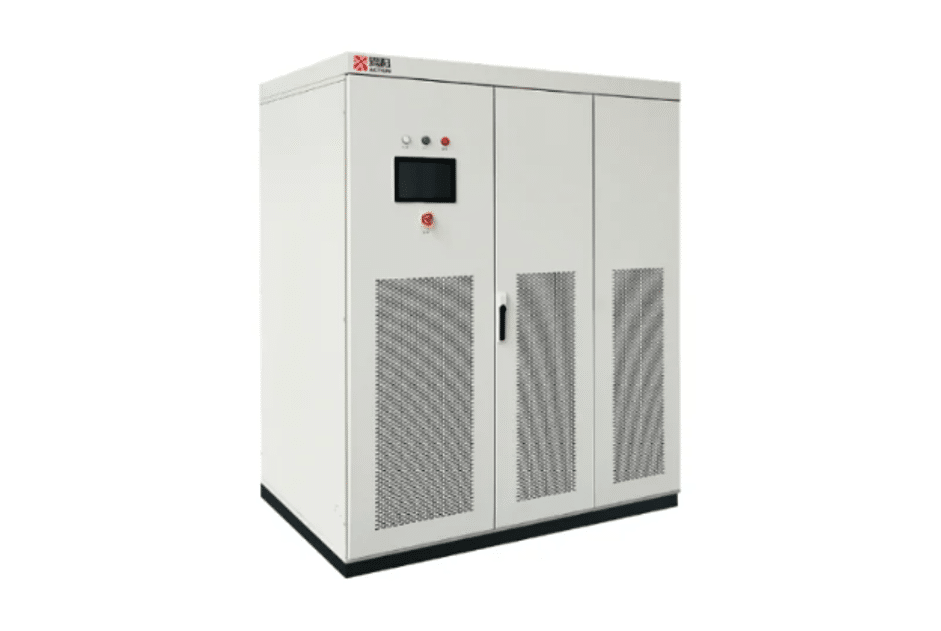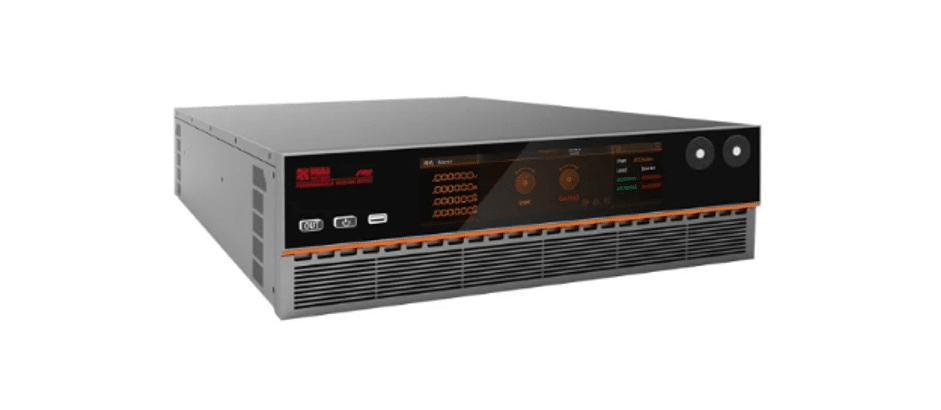When it comes to IoT devices, meeting the demands for small battery sizes, long lifespans, and high reliability is crucial. These devices often function in different environments. Therefore, compact size, a design that does not require frequent maintenance, and reliable performance in various environments help reduce equipment failure issues.
In order to meet these demands for battery performance, it is crucial to test battery performance before practical application.
A battery simulator is a high-precision and high-dynamic solution that accurately replicates various battery states. It allows for accurately testing and evaluating IoT devices under various power conditions. This simulation ensures that devices perform reliably, even as batteries age or face different environmental factors!
Challenges of IoT Battery Testing
As IoT devices proliferate across various industries, ensuring reliable battery performance becomes increasingly complex. The process of testing these batteries presents several challenges that developers must navigate to deliver products that meet market expectations.
1. Diversified Equipment Requirements
IoT devices come in many shapes and sizes, from smart homes to industrial machines and even wearable devices, each with unique battery characteristics and usage conditions.
This diversity means that flexible testing equipment is required to handle different battery types, voltages, and usage scenarios. Ensuring compatibility and accuracy across such a varied landscape can be a significant challenge. It demands highly adaptable testing setups.
2. Security Risks
Security is the key concern in IoT implementations. Overheating, overcharging, or damage to IoT batteries can all lead to device failure or safety accidents.
This poses a challenge to equipment investment and the safety of testing personnel. Therefore, traditional testing methods must be adequately prepared to reduce security risks.
3. Testing Time and Cost
Traditional battery testing methods are often time-consuming and costly. They need to conduct conventional charge and discharge cycles, environmental adaptability testing, and lifespan testing. This not only consumes a lot of time but also involves expensive equipment and maintenance costs.
For products with time constraints for R&D, reducing time and cost while ensuring testing quality is a major challenge.
4. High-precision Testing Requirements
In order to ensure accurate testing of battery performance, battery testing must meet high-precision standards. This requires testing solutions to accurately simulate and measure the performance of IoT batteries under various working conditions, such as different voltages, currents, internal resistances, and temperatures.
Only accurate test results can achieve more accurate and efficient long-term predictions.
Advantages of Battery Simulators
IoT devices are increasingly useful in various industries, from healthcare to smart homes. In order to ensure their power sources are reliable and efficient, battery simulators emerge as promising solutions.
They provide strong support for optimizing battery performance. Here are some advantages of the battery pack simulator in IoT testing.
1. High-precision Simulation
A battery emulator offers an extremely accurate replication of real battery behavior. This precision allows developers to identify potential performance issues before the product reaches the market, such as voltage drops or power surges.
By simulating specific battery characteristics, developers can fine-tune devices to ensure optimal performance even under the most challenging scenarios.
2. High Dynamic Range
With a high dynamic range, a battery pack simulator can mimic a wide range of battery conditions, from full charge to deep discharge, from low load to high load. This bidirectional power supply allows a seamless transition between charging and discharging modes. It enables IoT devices to operate reliably across various testing environments.
With its comprehensive testing capability, the battery simulator ensures that IoT devices remain functional under demanding power requirements.
3. Flexible and Programmable
Another standout feature of a battery cell simulator is its flexibility and programmability. Developers can easily adjust parameters to simulate different battery statuses and aging processes.
Additionally, battery simulators can be programmed to replicate specific usage patterns, such as intermittent operation or constant load. It allows for tailored testing that matches the intended use of the IoT device.
This flexibility is invaluable in developing products that must meet specific performance criteria across various industries and environments.
4. Time and Cost-effectiveness
A battery simulator significantly reduces the time and cost associated with traditional battery testing. By emulating battery conditions, developers can test multiple scenarios in rapid succession without waiting for batteries to charge, discharge, or age naturally.
This accelerated testing process speeds up product development and cuts costs related to battery procurement, handling, and disposal.
Furthermore, by identifying potential issues early in the development cycle, companies can avoid costly redesigns or recalls.
5. Environmental Adaptability
IoT battery simulators can adjust for temperature variations from sub-zero to high-heat conditions. They also simulate the humidity levels and other environmental factors that affect battery performance.
This adaptability ensures that IoT devices are rigorously tested for durability and reliability, even in harsh environments.
So, how to choose a battery emulator? The following are two advanced emulator products designed by ActionPower.

ABS High Power Battery Simulator
If you want to improve your IoT battery testing, the ABS High Power Battery Simulator from ActionPower must be your go-to option. It meets the testing requirements of multiple industries, provides rich battery simulation functions, and has comprehensive programming capabilities. It features:
- High accuracy
- High real-time performance
- High dynamic response
- Comprehensive battery characteristic simulation
PRD Bidirectional DC Power Supply
PRD Bidirectional DC Power Supply is a high-performance power solution designed for various applications, including battery testing, energy storage systems, and renewable energy applications. It offers:
- High power density with power levels of up to 30 kW within a 3U volume.
- High precision, offering output voltage accuracy of up to ±0.02% F.S.
- High dynamics. The rise time from 10% to 90% is just 318 μs, which is significantly faster than that of similar products.
- Built-in safety features to ensure safe operation in all scenarios.
- Designed for maximum energy efficiency and alleviates power losses during operation.

Conclusion
In short, the integration of a battery cell simulator has revolutionized the way we test and develop IoT devices. These technologies provide precise, efficient, and comprehensive testing capabilities that are essential for the reliable performance of modern battery systems.
If you are looking for a reliable battery simulator online, contact ActionPower. They specialize in offering programmable power supplies to enhance your testing accuracy, efficiency, and overall product quality!

